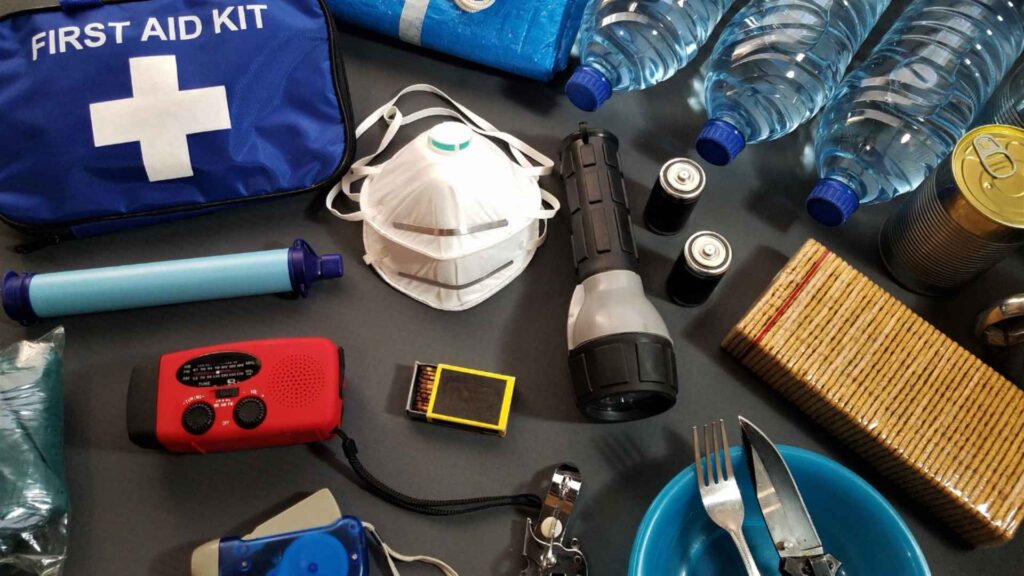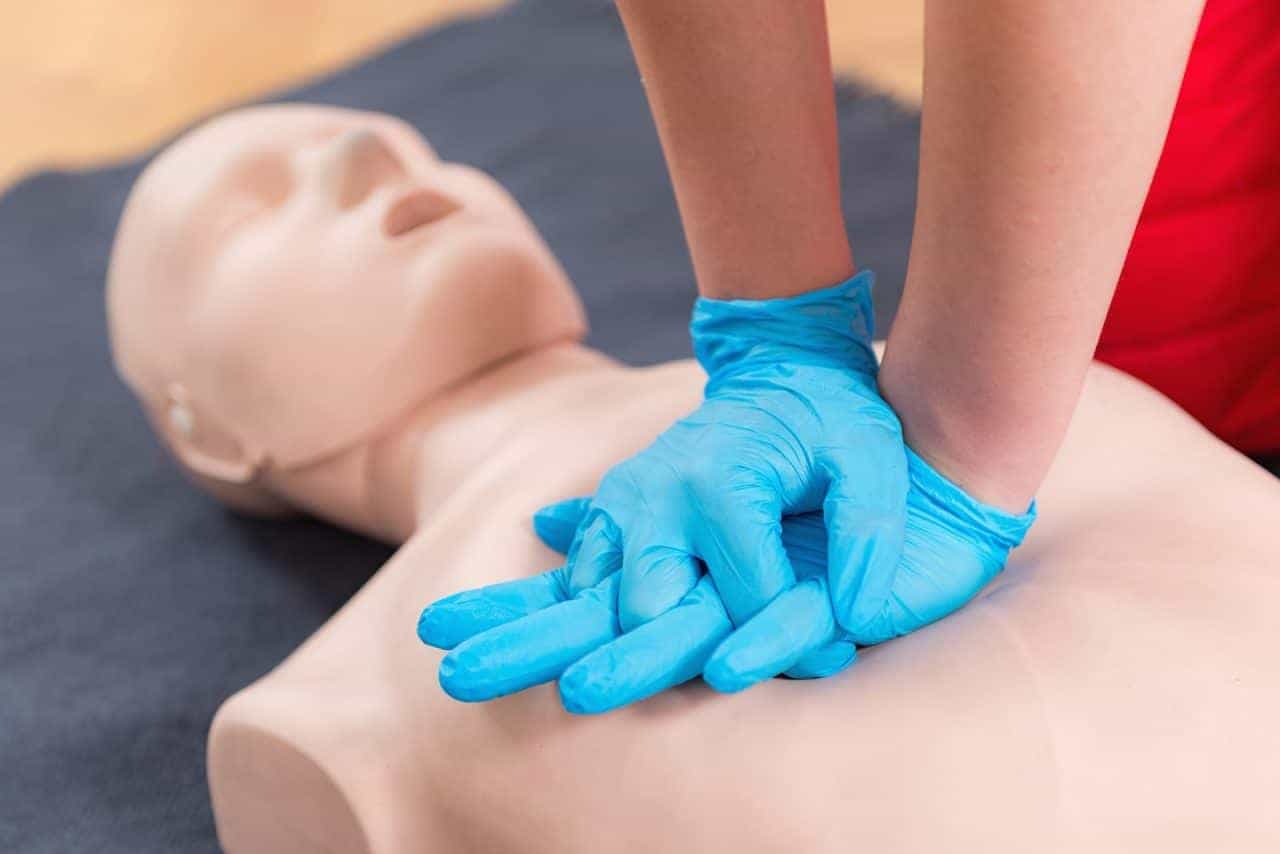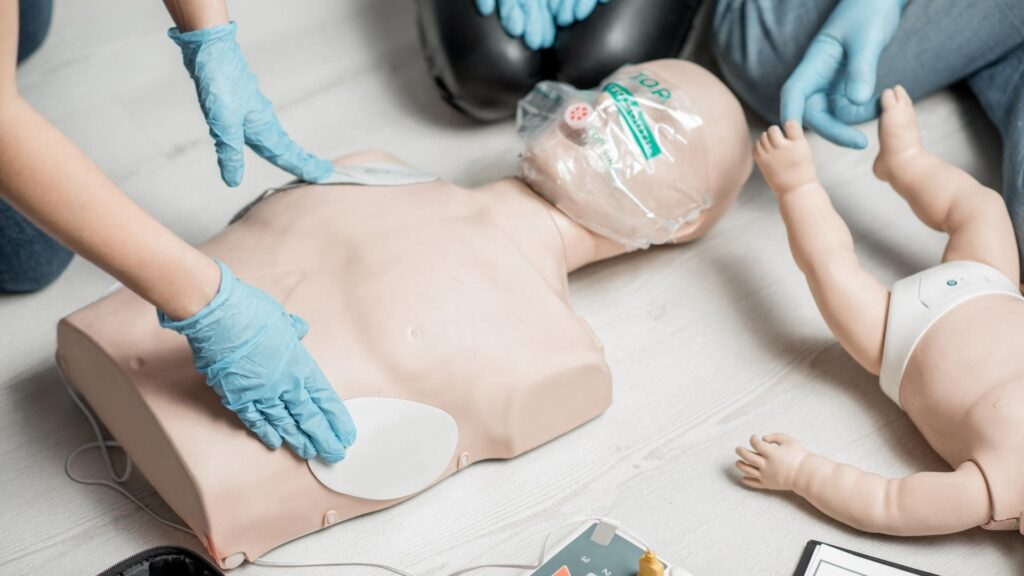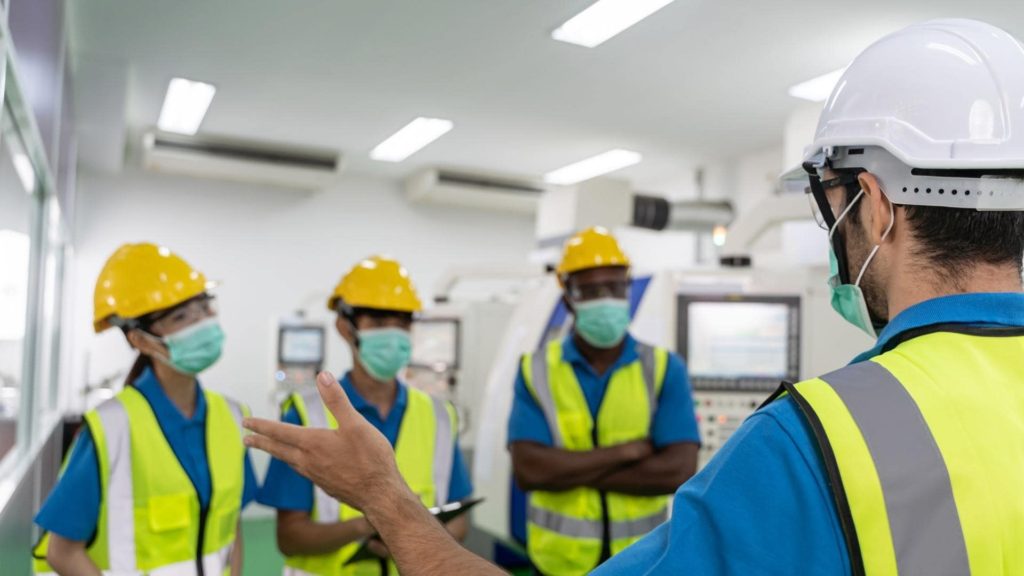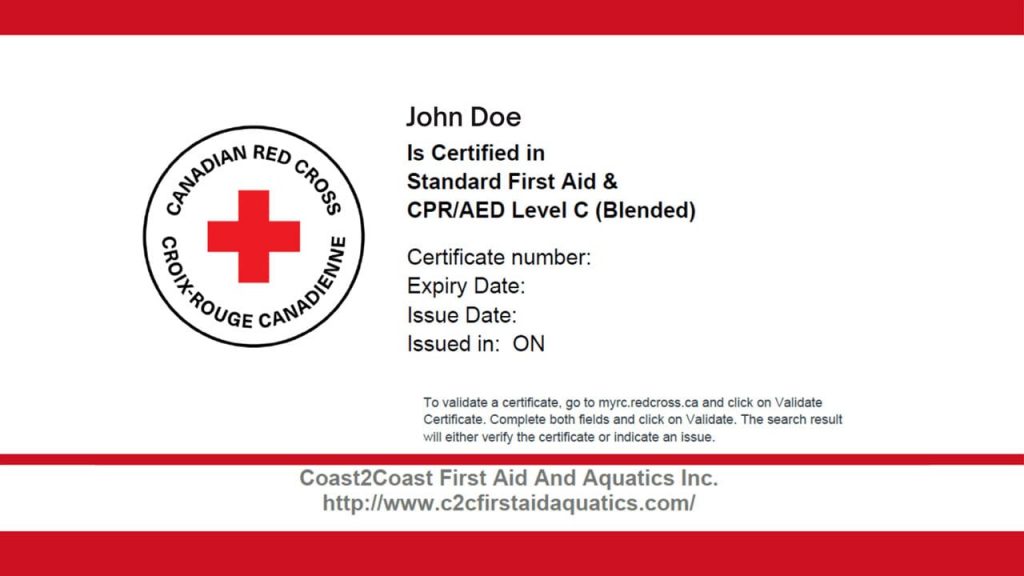IN THIS BLOG
- The Importance of First Aid Training in Construction
- Benefits of First Aid Training for Construction Companies
- Essential First Aid Skills for Construction Workers
- Investing in a Safer Workforce: The Benefits of First Aid Training
- Building a Customized Safety Solution: Public vs. Private Training Options with Coast2Coast First Aid & Aquatics
- Public Courses: A Convenient and Cost-Effective Solution for Construction Workers
- Private Training: Tailored Programs for Maximum Impact on Construction Sites
- Take the Next Step Towards a Safer Construction Site
Construction sites are inherently busy and fast-paced environments. While safety protocols are paramount, accidents can still happen. Having readily available first aid responders on-site is crucial for minimizing injury severity and ensuring worker well-being. This blog post will explore the importance of first aid training for construction workers, the benefits it offers, and why it’s a valuable investment.
The Importance of First Aid Training in Construction
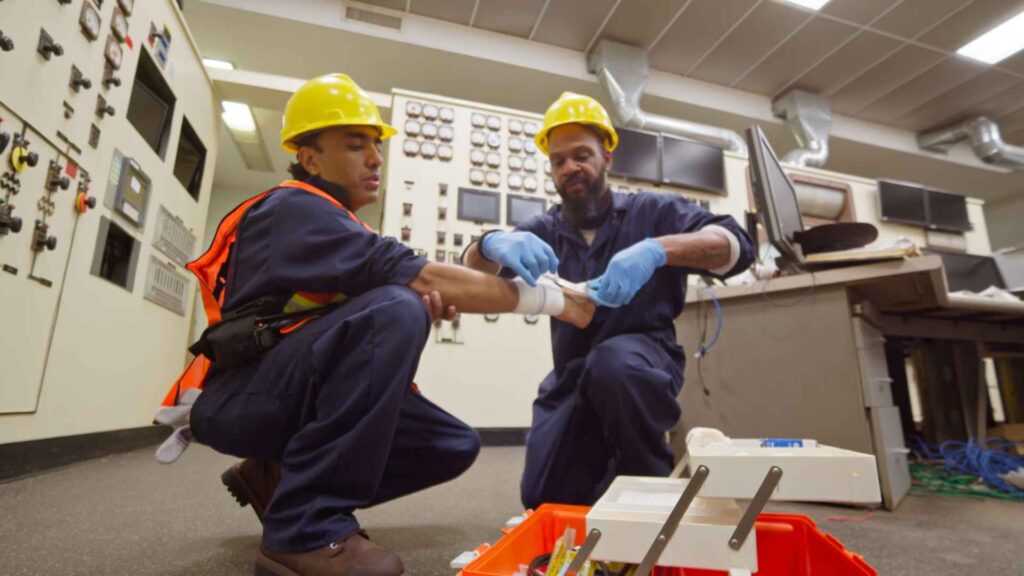
The construction industry has a higher rate of injuries compared to many other occupations. According to the Canadian Centre for Occupational Health and Safety (CCOHS), in 2021, construction workers accounted for 16% of all accepted claims in Canada. These injuries can range from minor cuts and scrapes to falls, electrical shocks, and even more serious incidents.
First aid training equips construction workers with the knowledge and skills to respond effectively in the critical moments following an accident. This can make a significant difference in the outcome. Trained responders can:
- Assess the situation: They can quickly assess the severity of the injury and determine the appropriate course of action.
- Provide basic support: This includes CPR (Cardiopulmonary Resuscitation) and AED (Automated External Defibrillator) use, which can be life-saving in the event of cardiac arrest.
- Administer first aid: Trained personnel can stop bleeding, control fractures, and address other injuries until professional medical help arrives.
- Minimize injury severity: Prompt first aid can prevent injuries from worsening and potentially reduce the likelihood of long-term complications.
- Promote a culture of safety: Having a workforce trained in first aid fosters a sense of security and encourages workers to prioritize safety measures.
Benefits of First Aid Training for Construction Companies
Beyond the immediate benefits for injured workers, first aid training for construction crews offers significant advantages for companies as well, such as:
- Reduced Costs: Prompt first aid can minimize the severity of injuries, leading to fewer lost workdays, lower healthcare costs, and potentially reduced workers’ compensation claims.
- Improved Worker Morale: Knowing that their well-being is prioritized can boost employee morale and create a more positive work environment.
- Enhanced Safety Culture: First aid training demonstrates a company’s commitment to worker safety and sets a positive tone for overall safety practices.
- Increased Productivity: By minimizing downtime from accidents and promoting a safety-conscious environment, first aid training contributes to improved jobsite productivity.
Buy A First Aid Kit
Take care of any small injuries your family or employees receive with our Multi-Purpose First Aid Kit. Treat them with the wide range of supplies included in this kit.
Essential First Aid Skills for Construction Workers
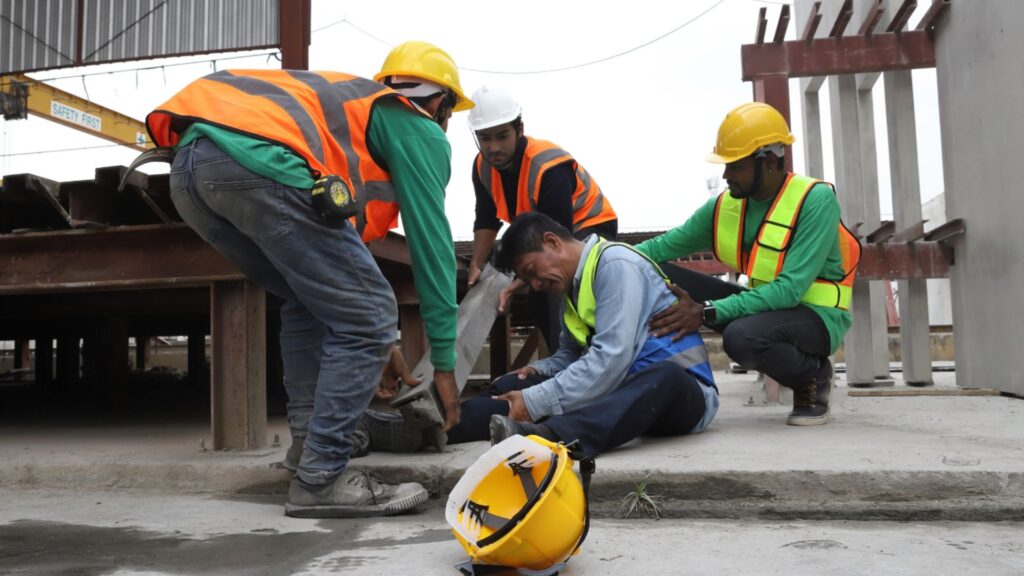
While comprehensive first aid training covers a wide range of injuries, some skills are particularly essential for construction workers:
- Bleeding control: From minor cuts to severe lacerations, knowing how to stop bleeding effectively is crucial.
- Wound care: Proper cleaning and dressing of wounds prevents infection.
- Fracture management: Immobilizing broken bones can prevent further injury.
- Head and spinal injuries: Recognizing the signs of these serious injuries and providing appropriate care is vital.
- Burns: Treating burns promptly can minimize damage.
- Eye injuries: Protecting and treating eye injuries is essential for vision preservation.
Common Construction Injuries: Be Prepared
Understanding the most common injuries in construction is crucial for effective first aid training. Here are some frequent occurrences:
- Falls: Working at heights significantly increases the risk of falls, leading to fractures, head injuries, and spinal cord injuries.
- Struck by objects: Falling tools, materials, or equipment can cause severe injuries, including head trauma and internal bleeding.
- Caught-in or between: Workers can become trapped between machinery or objects, resulting in crushing injuries.
- Overexertion: Repetitive tasks and heavy lifting can lead to musculoskeletal disorders like strains and sprains.
- Exposure to hazards: Contact with chemicals, extreme temperatures, or loud noise can cause various injuries and health problems.
By understanding these common hazards, construction workers can be better prepared to prevent accidents and respond effectively when injuries occur. Proper first aid training equips workers with the knowledge and skills to handle these situations, potentially minimizing the severity of injuries and their impact.
Investing in a Safer Workforce: The Benefits of First Aid Training
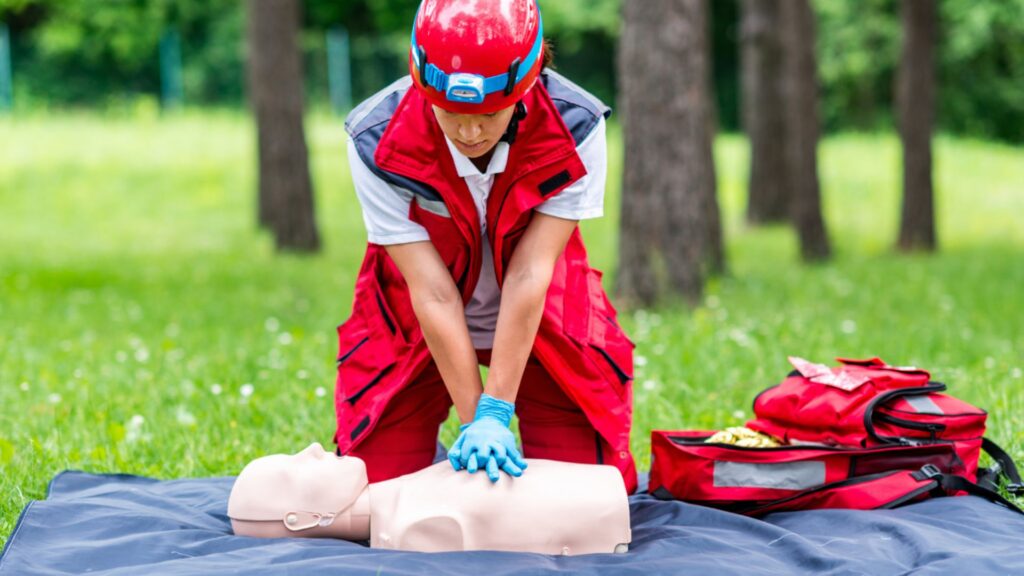
Investing in first aid training for your construction workers is a wise decision that goes beyond regulatory compliance. It demonstrates your unwavering commitment to worker safety, minimizes costs associated with accidents, and fosters a positive work environment where employees feel valued.
Here’s how first aid training benefits both your workers and your company:
- Reduced Costs: Prompt first aid can minimize the severity of injuries, leading to fewer lost workdays, lower healthcare costs, and potentially reduced workers’ compensation claims.
- Improved Worker Morale: Knowing that their well-being is prioritized can boost employee morale and create a more positive work environment.
- Enhanced Safety Culture: First aid training demonstrates a company’s commitment to worker safety and sets a positive tone for overall safety practices.
- Increased Productivity: By minimizing downtime from accidents and promoting a safety-conscious environment, first aid training contributes to improved jobsite productivity.
Building a Customized Safety Solution: Public vs. Private Training Options with Coast2Coast First Aid & Aquatics
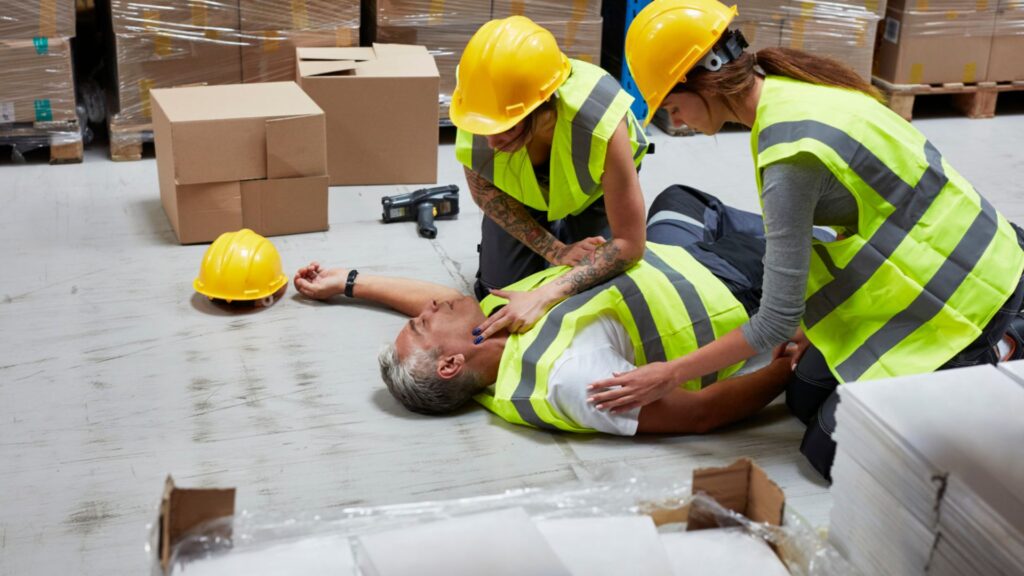
Coast2Coast First Aid & Aquatics offers a comprehensive range of first aid training programs specifically designed for the construction industry. We understand that every construction company has unique requirements, so we provide both public and private training options:
Public Courses: A Convenient and Cost-Effective Solution for Construction Workers
- Convenience and affordability: Our scheduled public courses are a convenient and cost-effective way to train your employees in essential first aid skills and CPR/AED.
- Collaborative learning: Public courses offer a collaborative learning environment where your construction workers can interact with professionals from various backgrounds, fostering a rich learning experience.
- WSIB & OHS approved: Our public courses meet all Workplace Safety and Insurance Board (WSIB) and Ontario Health and Safety (OHS) standards, ensuring your workers receive compliant training.
Coast2Coast First Aid & Aquatics Public Course Offerings:
- Standard First Aid & CPR/AED Level C: This is the most commonly recommended level of training for construction workers. It covers a wide range of first aid skills and CPR/AED use for adults, children, and infants. This typically involves a full-day course with practical hands-on components.
How to Register for Public Training:
- Visit the Coast2Coast First Aid & Aquatics website and browse the Public Training Locations page here to find a course near you.
- Select a course date and time that fits your schedule and register your employees online.
Register For A First Aid Training
Private Training: Tailored Programs for Maximum Impact on Construction Sites
- Flexibility and customization: Private training offers a more customized approach to first aid training for your construction crew. Our experienced instructors can deliver training on-site at your convenience, minimizing disruption to your work schedule. We tailor the training program to address the specific hazards faced on your job sites, ensuring maximum effectiveness.
- Exclusive benefits: Private training comes with a range of perks, including:
- Special discounts for the construction industry (up to $200 savings!)
- Flexible scheduling to accommodate your project timelines
- Hands-on training tailored to your specific job site hazards
Coast2Coast First Aid & Aquatics Private Training Offerings:
- Standard First Aid & CPR/AED Level C: This comprehensive program equips your construction workers with the skills to handle emergencies effectively.
How to Register for Private Training:
Visit our website here and fill out the private/group request form to schedule a training session at your convenience.
Take the Next Step Towards a Safer Construction Site
Coast2Coast First Aid & Aquatics understands the unique needs of the construction industry. Our public and private training options provide construction companies with a flexible and cost-effective way to equip their workforce with the essential first aid skills to keep everyone safe on the job site.
Together, let’s build a safer future for construction workers!





